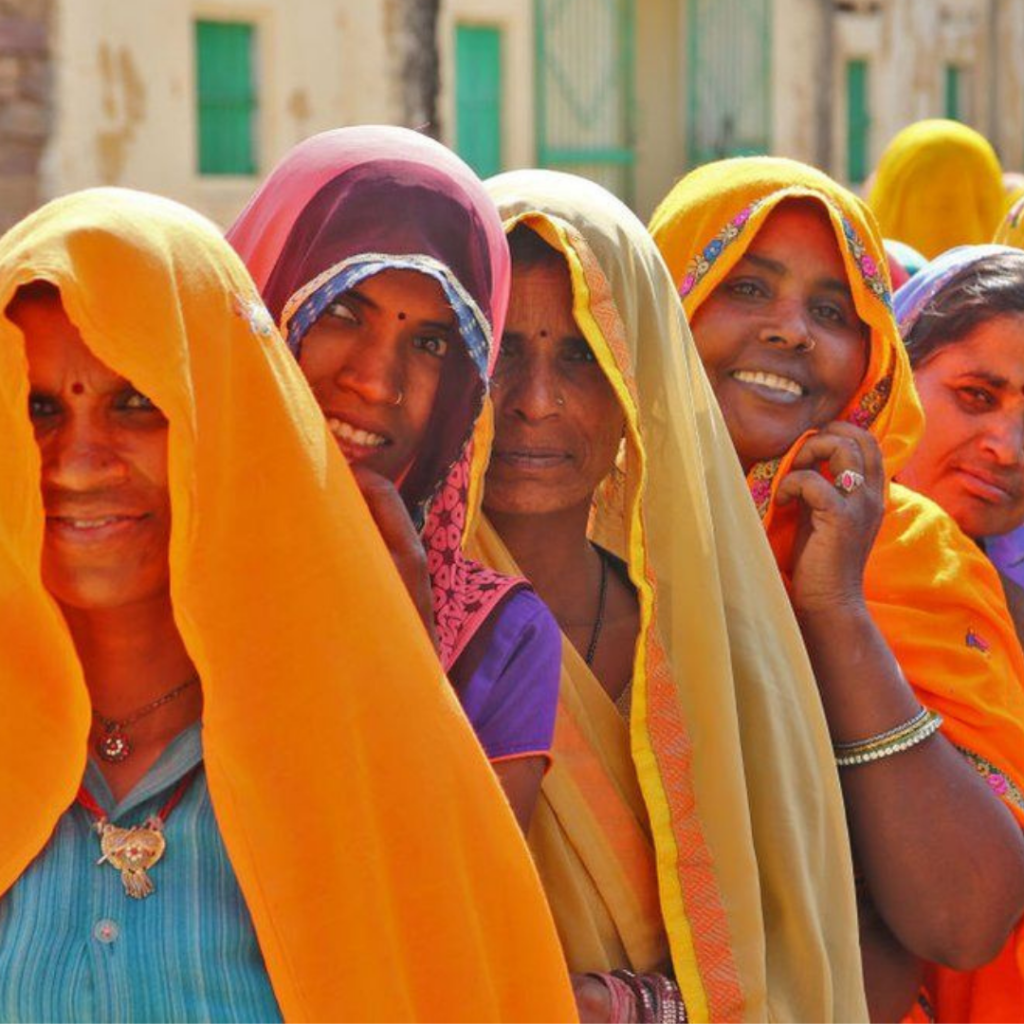
Recently, the Indian National Congress (INC) party general secretary Priyanka Gandhi announced that their party would give 40 % tickets in the upcoming elections to women candidates. It comes around 160 seats out of 403 seats in Uttar Pradesh legislative assembly. Though many have termed this as a political gimmick, it is certainly going to push the issue of lack of women’s representation in the parliament.
In the current 17th Lok Sabha, only 14% of parliamentarians are women. The share in the State legislatures is poorer as compared to the national average. A bill to provide 33% reservation to women in parliament has been pending for the last 25 years. The bill was first introduced on September 13, 1996, during the H D Deva Gowda government. It was introduced again in 1998, 1999, and 2008 but it lapsed each time due to the Lok Sabha dissolution.
The Constitution of India guarantees equal political status to women and provides scope for positive discrimination under Article 15(3). Different international treaties have set targets for women’s political representation. Convention on the Elimination of All Forms of Discrimination Against Women (CEDAW) and Beijing Platform for Action (1995) requires the signatory nations to create conditions for women’s inclusion in the political system. India is a signatory to both the treaties.
Need for Women’s Reservation Bill
Historical exclusion and discrimination are the core of the problem and the solution should be affirmative action. Reservation for women in parliament is needed for their political inclusion. Even if there are equal opportunities provided, it has not been converted into equal representation for women. Complex patterns of hidden barriers prevent women from getting their share of political influence and representation.
Reservation is a contested idea. Many sections of society have been asking for reservations on various grounds. In the current circumstances, affirmative action is needed to create mechanisms for the political inclusion of women. Many countries of the world introduced electoral quotas through constitutional amendments or statutory mechanisms which led to increased representation of women in parliament. For example, Nordic countries and some African countries have achieved better representation of women in their national parliament after adopting gender quotas in elections.
Evidence shows that women leaders have a positive impact on development indicators and when elected, they focus on the people in their communities. They focus more on delivering civic facilities such as drinking water, sanitation, schools, and health centers. For instance, in a randomized policy experiment conducted in two States of India, it was found that elected women leaders under the reservation policy invest in the public goods linked to women’s concerns such as drinking water and roads in West Bengal and drinking water in Rajasthan.
Why has the bill not seen the light of the day?
The bill has its shortcomings. It is ill-conceived in the sense that political parties can only run women candidates which will lead to women competing against women in reserved constituencies, defeating the overall purpose of the bill in empowering women. Rotation of seats from these reserved constituencies will lead to diminishing accountability as there will not be any fear from the electorate’s verdict for the next election. Political parties are also apprehensive as they feel that they will have to groom new women leaders to fill these positions. They also fear backlash because the bill has no provisions dealing with the lack of representation of other religious and sexual minorities in the Indian parliament.
Caste-based reservation is a complex factor in Indian politics. The Indian parliament already has seats reserved for Scheduled Caste/Scheduled Tribes. Demand for women’s reservations in the Indian parliament is seen as competing with reservations provided to other social categories. Many political parties have also demanded a sub-quota within the quota of seats for women from the backward castes. Though the 2008 bill has provided 1/3rd of seats reserved for SC/STs be reserved for SC/ST women, many political parties demanded reservation for OBCs women also.
Some women groups are also not in support or in agreement with all the provisions of this bill which weakens the support in passing the bill. It is feared that this bill will only lead to co-opting of women belonging to the privileged class rather than bringing meaningful changes in the lives of ordinary women.
Despite huge support for the bill from all across the ideological spectrum, the bill has not seen the light of the day because of the lack of political will from political parties over the years.
What needs to be done?
Women’s representation in the Panchayati Raj system increased tremendously after the 73rd and 74th Constitutional Amendment Act and it also had a great impact not only on improving the lives of community members but also on women themselves. Some States can come forward and pass this bill to make it possible for the Central government to navigate some hurdles of the bill. Before introducing the bill in the current form, the Central government should have a pre-legislative consultation among all stakeholders and incorporate their suggestions. If the quotas for women can be implemented at the panchayat level, they can be implemented at the national level.